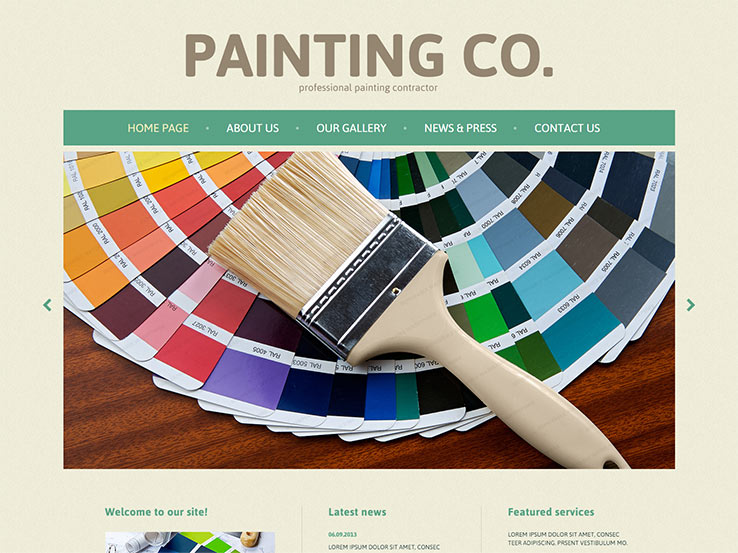Find Out About The Methods Which Seasonal Variables Can Impact The Success Of Commercial Exterior Paint And Determine The Most Effective Times To Achieve Long-Term Results For Your Project
Find Out About The Methods Which Seasonal Variables Can Impact The Success Of Commercial Exterior Paint And Determine The Most Effective Times To Achieve Long-Term Results For Your Project
Blog Article
Material By-McLamb Urquhart
When you're intending a business external paint project, seasonal elements can make or damage your results. You'll wish to think about just how temperature level and moisture influence paint application and drying out times. Choosing the best period can guarantee your paint adheres appropriately and lasts longer. However which seasons are really the most effective for this type of job? Allow's discover the key elements that can influence your task's success.
The Effect of Temperature on Paint Application
When you're planning a business exterior painting job, the temperature level can substantially influence how well the paint sticks and dries out.
Preferably, you intend to paint when temperatures vary between 50 ° F and 85 ° F. If it's too cold, the paint may not heal appropriately, causing problems like peeling off or cracking.
On the flip side, if it's also warm, the paint can dry too rapidly, stopping proper attachment and causing an uneven coating.
You ought to also consider the time of day; morning or late afternoon offers cooler temperatures, which can be extra desirable.
Always check the supplier's recommendations for the particular paint you're utilizing, as they commonly give guidance on the suitable temperature variety for optimal results.
Humidity and Its Impact on Drying Times
Temperature level isn't the only ecological aspect that affects your industrial external painting task; moisture plays a considerable duty also. High moisture degrees can slow down drying times drastically, affecting the general quality of your paint job.
When the air is saturated with dampness, the paint takes longer to cure, which can lead to problems like inadequate attachment and a greater risk of mold growth. If click the up coming web page on a particularly moist day, be planned for extended wait times between coats.
It's vital to check neighborhood climate condition and strategy appropriately. Preferably, go for humidity degrees in between 40% and 70% for optimal drying out.
Keeping these consider mind ensures your task stays on track and delivers a long-term coating.
Best Seasons for Commercial Exterior Painting Projects
What's the best time of year for your commercial external painting jobs?
Spring and very early fall are generally your best options. Throughout these seasons, temperatures are light, and humidity degrees are usually reduced, producing excellent conditions for paint application and drying.
Prevent summer season's intense heat, which can create paint to dry also quickly, causing bad adhesion and surface. In a similar way, winter months's chilly temperature levels can impede correct drying and treating, risking the longevity of your paint job.
Aim for days with temperatures between 50 ° F and 85 ° F for ideal results. Keep in mind to check the neighborhood weather prediction for rain, as wet problems can destroy your job.
Planning around these variables guarantees your painting task runs efficiently and lasts longer.
Final thought
In conclusion, preparing your business exterior painting tasks around seasonal considerations can make a significant difference in the result. By organizing work during the perfect temperatures and moisture degrees, you'll ensure far better attachment and drying out times. Learn Additional Here in mind to watch on local weather report and choose the correct time of year-- spring and early fall are your best options. Taking these steps will certainly assist you accomplish a durable and expert finish that lasts.
